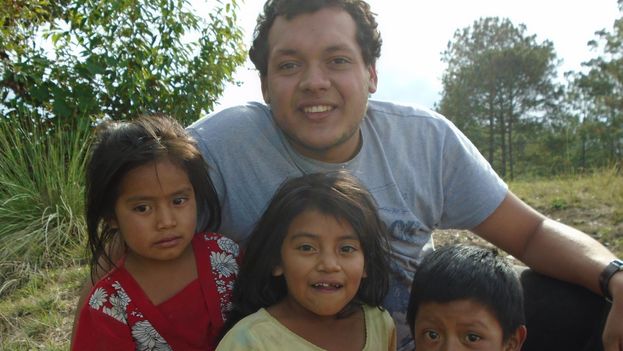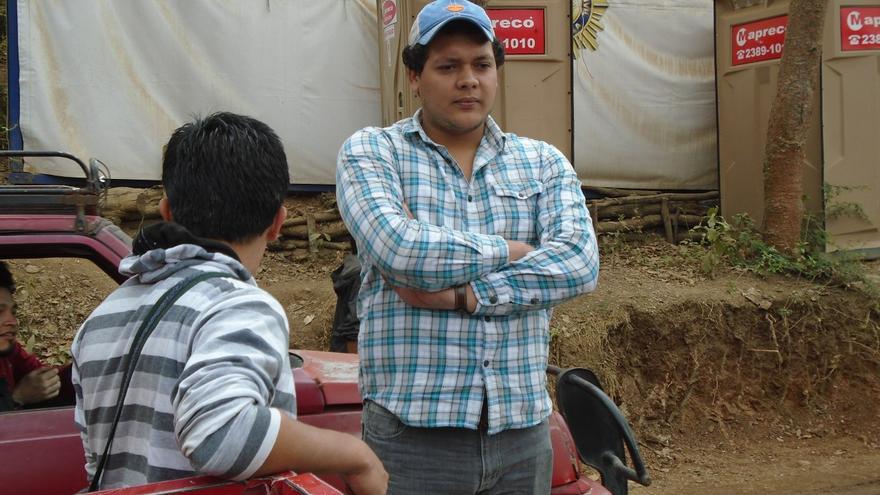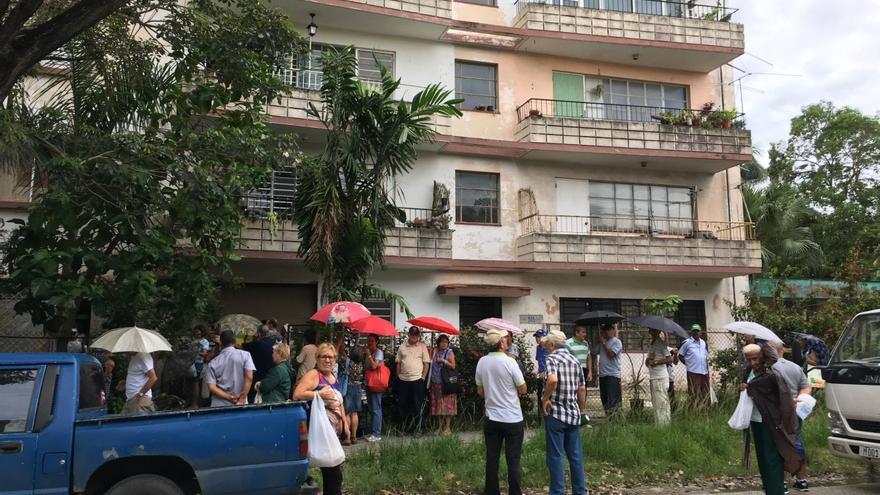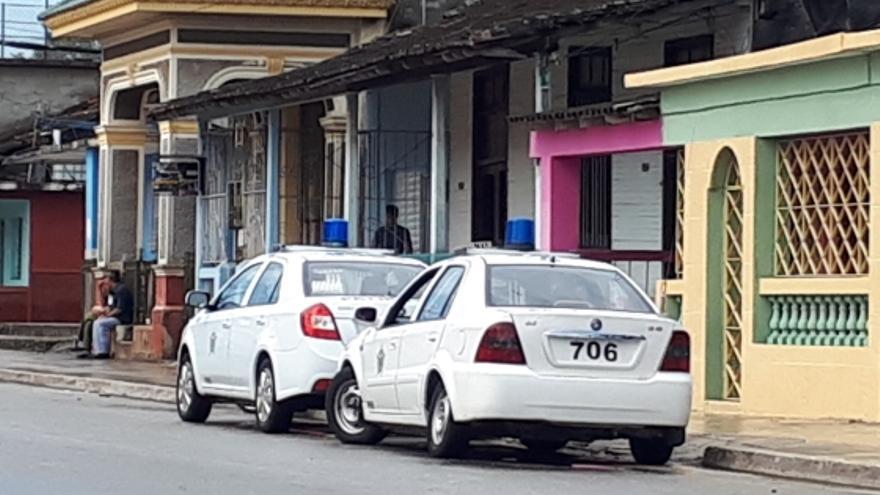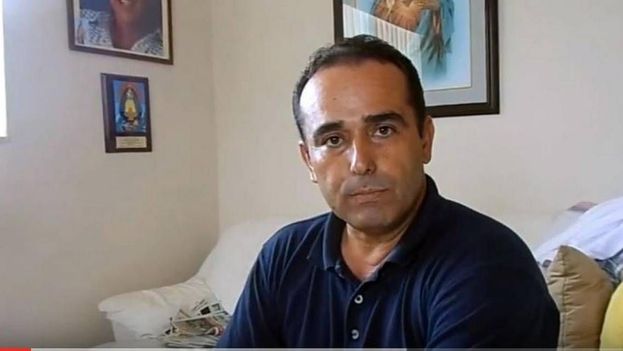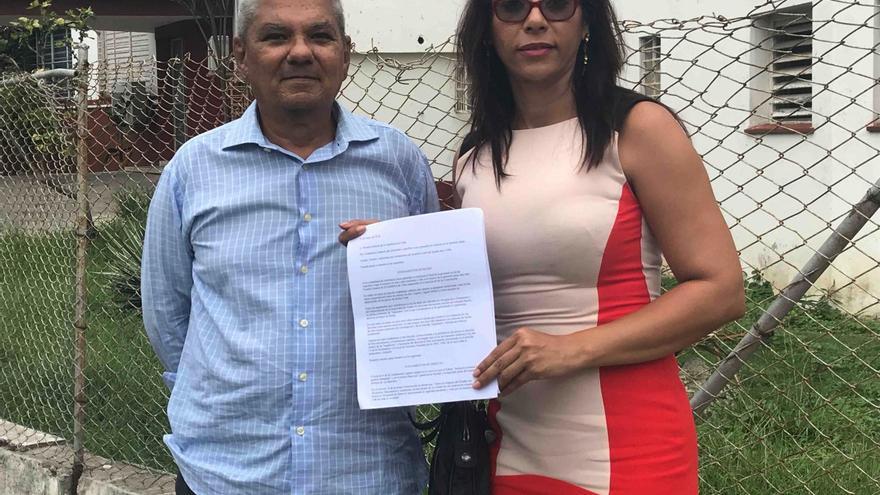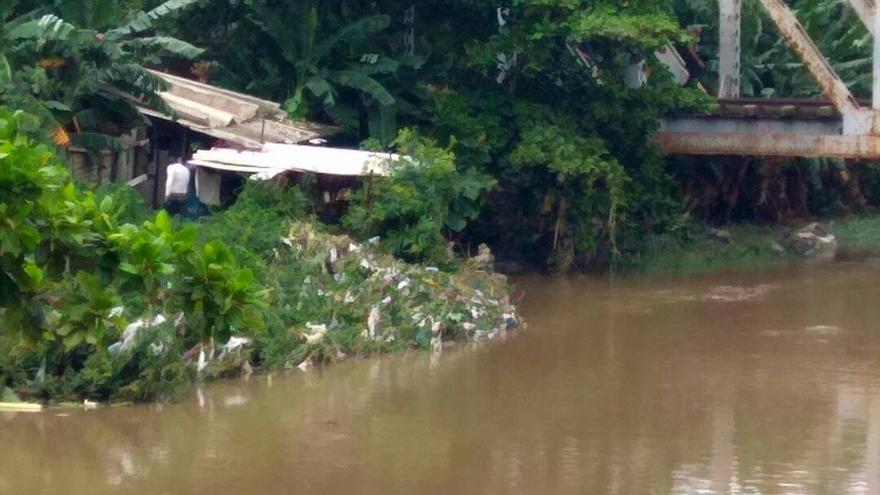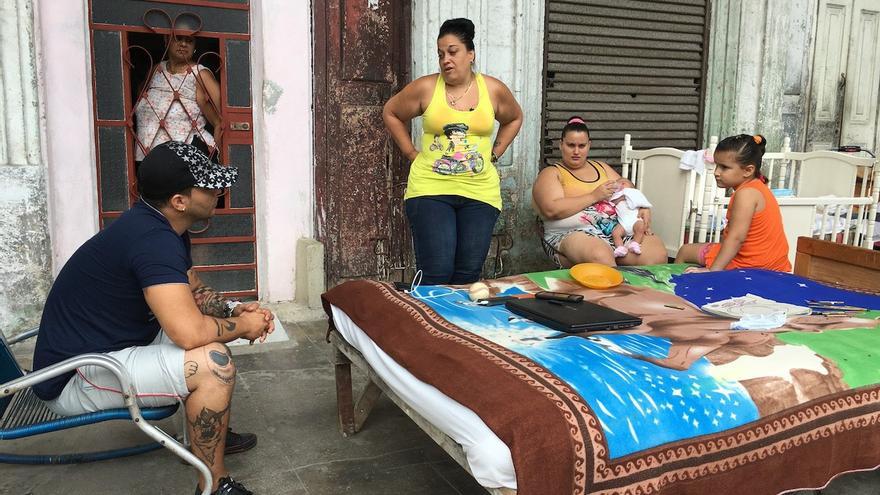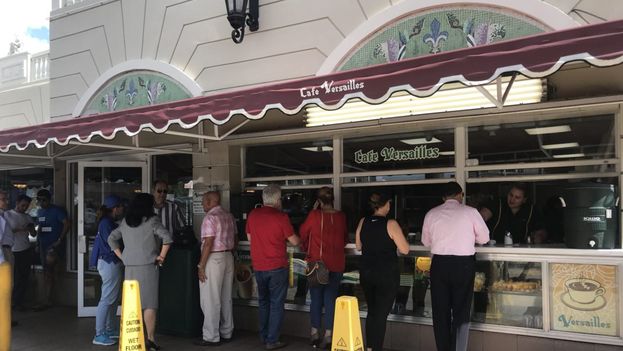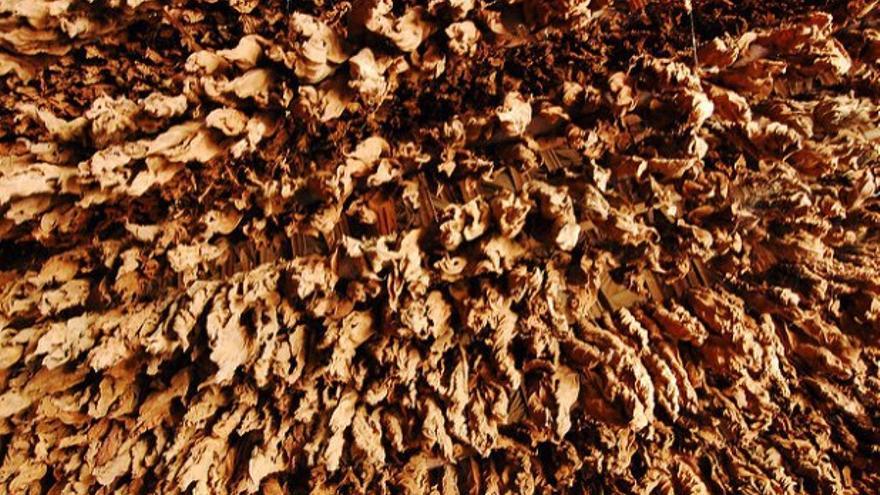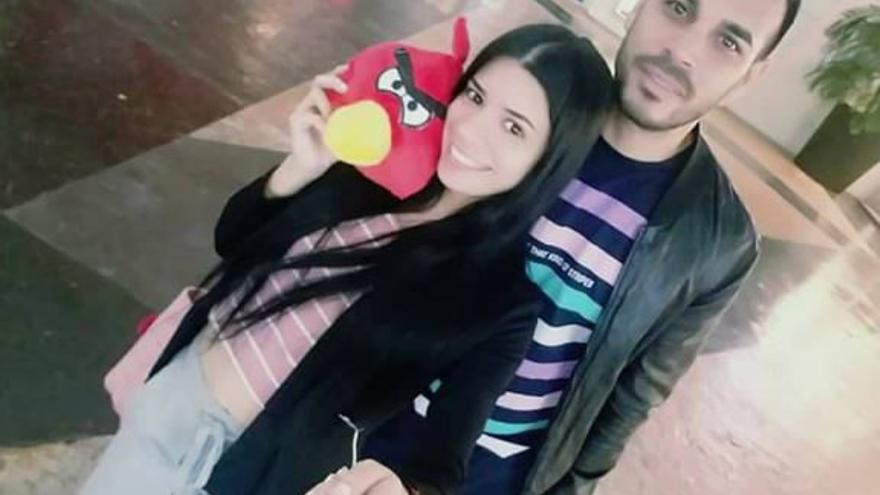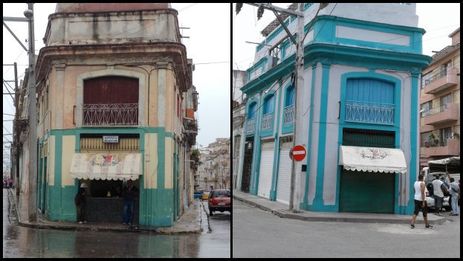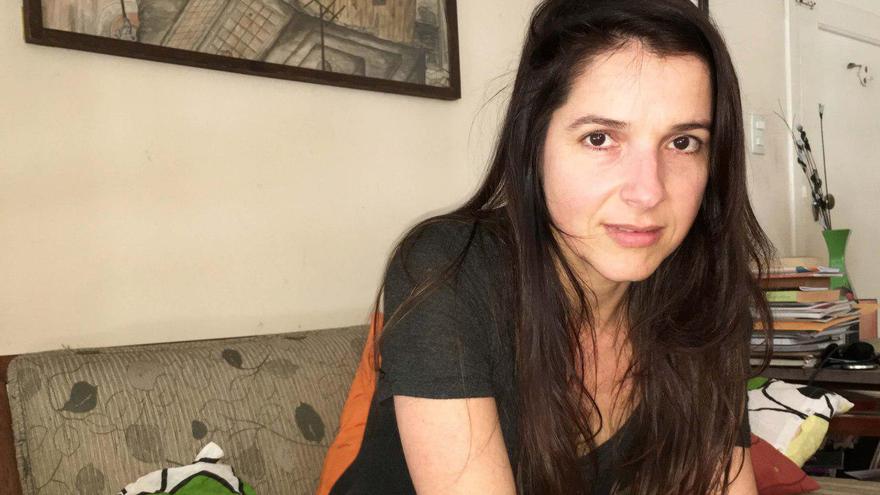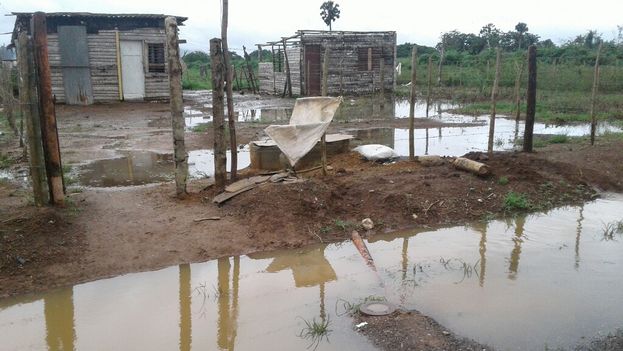
![]() 14ymedio, Bertha K. Guillén, Candelaria, 1 June 2018 — The rains of subtropical storm Alberto have focused their gaze towards the center of the country, the area most affected by the floods, but in the West the damages are also considerable. In many areas of Candelaria in the province of Artemisa residents are still “up to their ankles in water,” and are taking stock of the losses in agriculture and housing.
14ymedio, Bertha K. Guillén, Candelaria, 1 June 2018 — The rains of subtropical storm Alberto have focused their gaze towards the center of the country, the area most affected by the floods, but in the West the damages are also considerable. In many areas of Candelaria in the province of Artemisa residents are still “up to their ankles in water,” and are taking stock of the losses in agriculture and housing.
The town of Candelaria is mostly agriculture and the raising of small livestock, and it is one of the most important suppliers of food to the city of Havana. Along with others such as San Antonio de los Baños, Güira de Melena and Alquízar, their fields yield root crops, beans and vegetables, destined for the capital.
In mid-2017 the province of Artemisa, in which these municipalities are located, supplied about 200 food outlets in Havana, according to information provided to the official press by Tomás Rodríguez, director of the Agricultural and Forestry Group. continue reading
“When these towns can not get their produce to town, the situation becomes very difficult for them, because what is raised in these fields is what Havanans buy in their markets,” 14ymedio was told by was told by Luis Romero, the driver of a “spider,” a two-wheeled vehicle pulled by horses and used to transport goods.

This Thursday afternoon some anxious customers arrived in Candelaria from Havana to stock up onions, garlic and pork. “But there is not much to sell because most of the crops are still under water and others are spoiled,” laments Romero, who managed to sell some bananas before they went bad.
Among the most affected crop in the Candelarian territory is rice, with hundreds of acres still under water, while in the mountainous area of Soroa crops such as corn and cassava and fruit trees, such as bananas, suffered severe damage from the heavy rains.
In the streets, sewage still mixes with the floods left by the rains and has flowed into many houses, especially in the lower lying areas. Residents have been taking their furniture and personal items outside to dry them, with the first rays of the sun in two weeks.
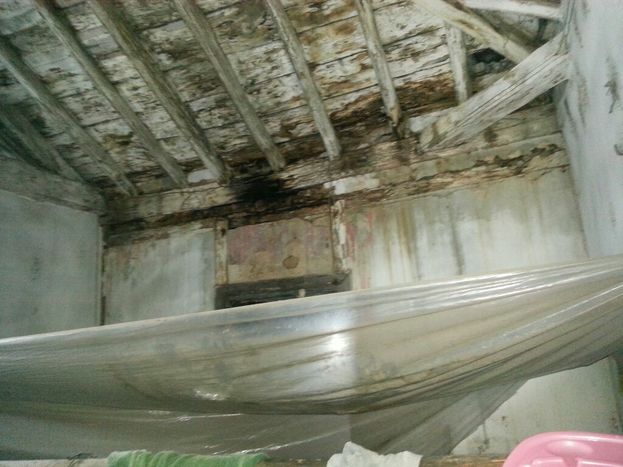
An unbearable plague of mosquitoes has joined the damages left by Alberto, and families with young children take precautions to avoid the spread of diseases. “We send to Pinar del Río for water because our well is contaminated and there are two small children in the house,” explains one grandmother in charge of her three grandchildren.
The situation of chronic patients was also complicated with the passage of the storm, because the nearest hospital is in San Cristóbal. Asthmatics, hypertensives and diabetics have suffered the most and, as of Wednesday, those who in the worst physical condition have begun to be transferred to hospitals.
Others are living with the anguish of a possible collapse of their homes damaged by excess wetness.
“Passed through the water” says Caridad, describing the situation of her family living in the center of town. They have placed a dozen cans, buckets and other containers to collect leaks that fall from their ceiling made up of wooden beams.” The downpour has not given us a break,” she says.
“We also put this nylon over the beds to prevent them from getting wet, but the rest of the things are piled up in the only corner that does not get wet,” Caridad explains as she points to the ceiling.
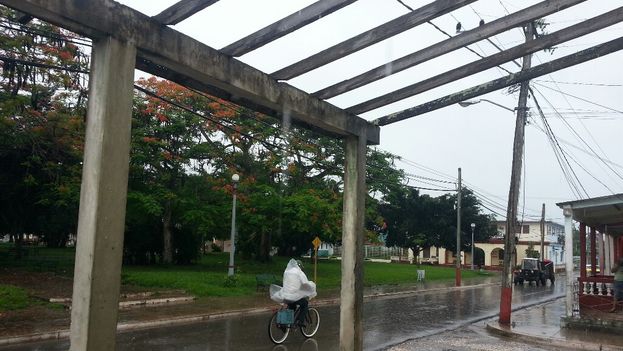
“I’m desperate, I sent my daughter with her child to my sister’s house and we stay here,” she says. “This construction is one of the oldest in the town, it was declared a heritage site and it costs a lot of money to fix it, in addition to the permits and restrictions on building that are imposed on us because it is a heritage site,” she complains.
In the neighboring municipality of San Cristóbal, the most damaged in the province according to the authorities, the local press reports that families lost an incalculable number of appliances and about 400 mattresses.
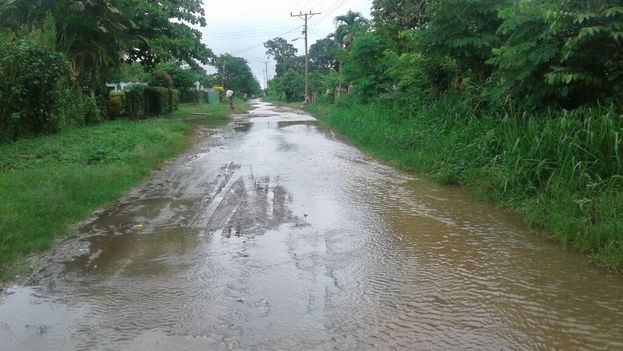
In the towns of Taco Taco and Santa Cruz, the mere mention of the name Alberto creates uneasiness among the residents. In 1982, a hurricane of the same name caused severe flooding and now the nightmare has been repeated.
“No one here is going to give any child born the name Alberto because people have very bad memories of that name,” says a resident of Taco Taco who still has water up to his knees in the living room of his house.
________________________________
The 14ymedio team is committed to serious journalism that reflects the reality of deep Cuba. Thank you for joining us on this long road. We invite you to continue supporting us, but this time by becoming a member of 14ymedio. Together we can continue to transform journalism in Cuba.

